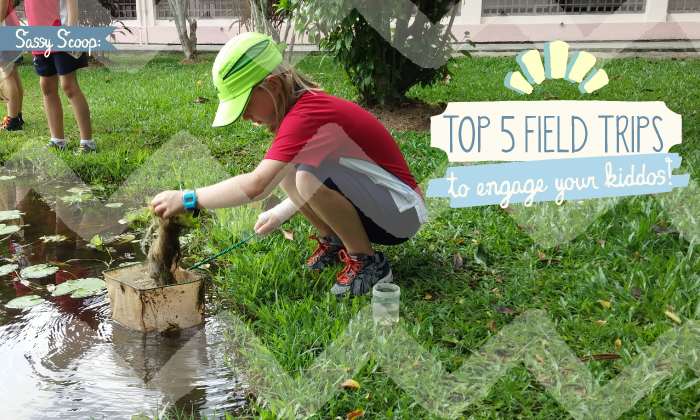
Stumped about where to take your energetic kiddos during school holidays? Or wondering how to encourage your toddlers to learn before they’ve even started formal schooling? Please welcome Christa Craats, Coordinator of the brilliant Open Minds programme at Canadian International School.
An integral part of inquiry-based education, Open Minds is an exciting, innovative learning experience that moves the classroom into a variety of real-world settings to help students make hands-on connections in their learning.
As students head out of the classroom door and double check their backpacks one last time for sunscreen and insect repellant, a sense of excitement and uncertainty ripples through the group. Would this be the day they saw a crocodile? A snake? A Grey Heron? A Mud Skipper? Surely this was going to be the most adventurous and puzzling four days of the year as they tried to figure out how biotic components impact the presence and survival of abiotic components in an ecosystem.
Described above is an example of the experiential learning our Grade 4 (aged 9) students get to participate in during their time on Open Minds, which takes students out of the traditional classroom setting and into various sites throughout Singapore that help students learn about themselves, other people, other cultures and the world around them.
Here are some of our favourite sites and how they’re able to support student inquiry:
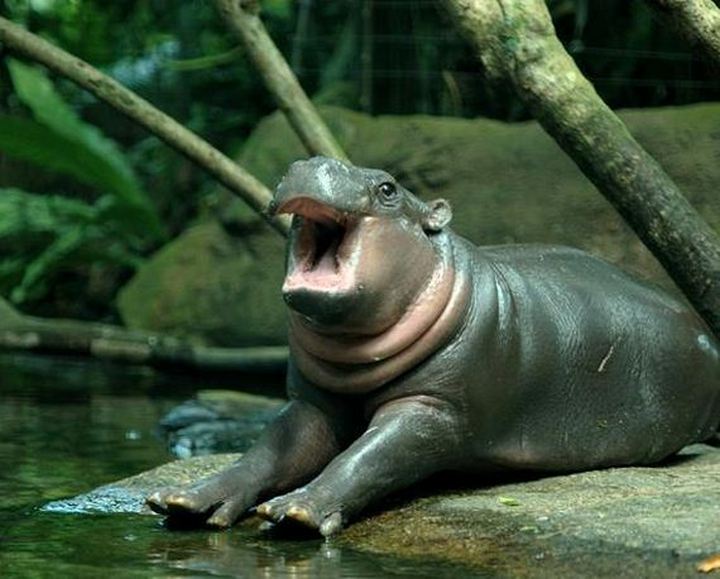
Age 6
The Singapore Zoo becomes a weeklong classroom for Grade 1 students as they explore the dependence of animals and their habitat for survival. One of our favourite animals to visit is the Pygmy Hippo, where we are able to explore the symbiotic relationship between the hippo and the fish. Observing the hippo closely, students make conclusions about the unique relationship between fish and hippos with questions like “What do you see?” “What do you think about that?” and “What does it make you wonder?”
We expand on the idea of symbiotic relationships when we visit the Sun Bear and realize that bears poop out fruit seeds, which in turn help with seed dispersal. Students enjoy acting out the lifecycle of the flowering tree and role that Sun Bears have in forest growth.
Age 7
Grade 2 students’ understanding of nature expands as they start to explore natural resources that the world gives us and how we are able to recognise them, process them and use them. The EcoGarden at the Science Centre is great for exploring various plants and trees that are used by humans. The cotton plant becomes a large part of our inquiry as we are posed with the question, “How do we make a cotton t-shirt from a cotton plant?” Over at the medicinal garden, students use Neem Twigs to brush their teeth as they learn about the oral advantages of brushing with the Neem plant. They are also given the opportunity to dissect an Aloe Vera leaf as they learn about the physical properties of this plant from the inside out. A highlight is creating and drinking some Aloe Vera juice!
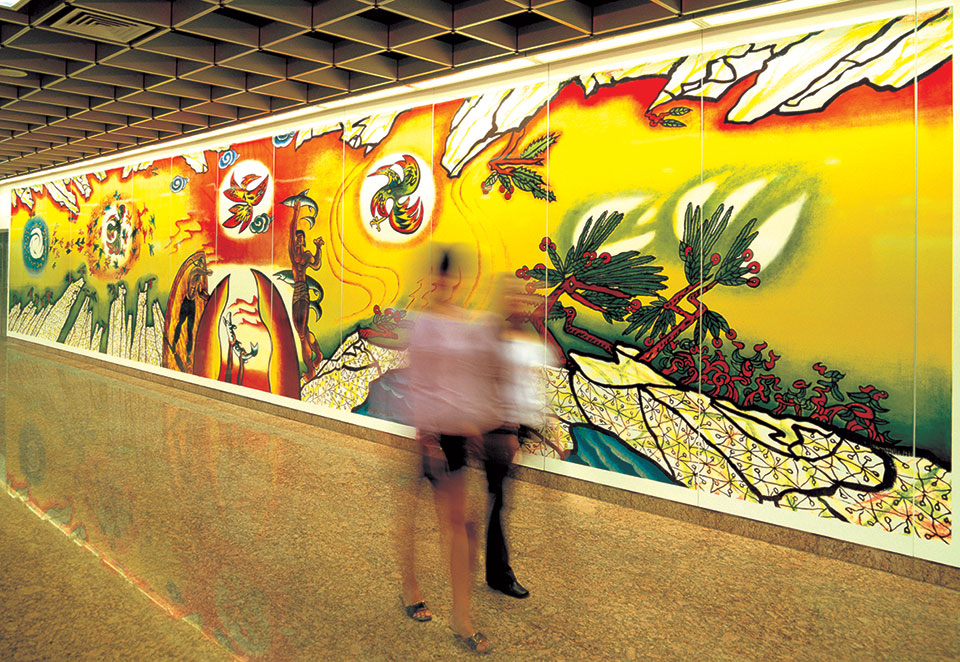
Age 8
Learning for Grade 3 students shifts to a specific focus on Visual Art and its intention, form and function. One of our favourite sites to explore is the artwork along the SMRT’s East-West (green) line. Starting at Outram Park, we are faced with the mystery of the oversized screenprint medallions lining the corridor. What was the intention of the artist in choosing the colour, size, location and form of the art? What deeper message do these pieces of artwork have for us, from the perspective of a viewer and a commuter?
As we “ride the rails” from Outram Park to Chinatown and to our final site at Clarke Quay, we begin to develop an understanding that one of the functions of art can be to teach us about the history of an area. We become immersed in the retelling of this history by creating skits and adjective poems, taking us back in time to Singapore’s early development. Finally, students are tasked to create an MRT art piece that could be displayed at an MRT station if one were to be built at the Canadian International School.
Age 9
As mentioned above, Grade 4 students explore our biodiversity and the role of biotic and abiotic in maintaining a balance of organisms. One of the sites we visit is the mudflats at Sungei Buloh Wetlands Reserve. With the help of local biologists, students sample mud and water taken from the mudflats for moisture levels, temperature, light and salinity. They then do a species count and study of all the living and nonliving organisms found in the mud and make connections between their recorded data, explaining how abiotic and biotic components are impacting each other.
The day ends with a hands-on study of stuffed specimens of wetland birds. Students examine the characteristics of the bird, such as its bill size and leg length, to develop a deeper understanding of how these birds survive within this ecosystem and relate these ideas back to the data collected earlier in the day.
Age 10
The Asian Civilisations Museum (ACM) allows Grade 5 students to investigate historical artefacts and make connections between the inventions of the past and their impact on present day innovations. With a mindset of “it takes a lot of time to grow”, students are asked to choose one artefact from the Southeast Asian gallery and study it in-depth by observing its physical form and function. Students record their work in books with detailed sketches of the artefact and claims about the characteristics of the civilisation based on the evidence that they gathered through their observation. Later, assuming the role of a Museum Guide, they share their findings with the class (and lingering members of the public!) and answer any questions they may have.
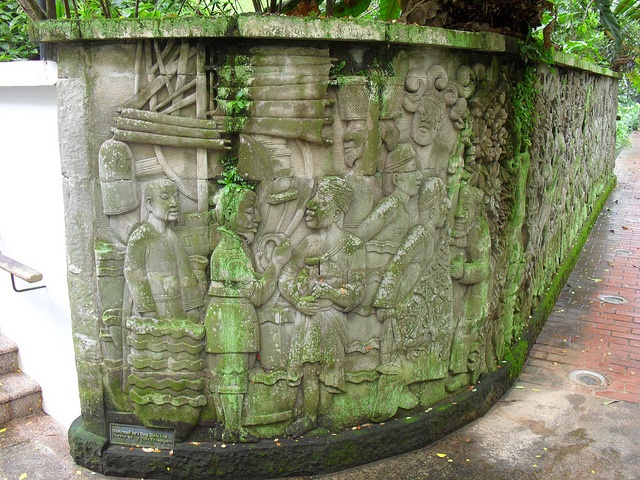
Age 11
Grade 6 students go back in time at the National Museum and Fort Canning Park as they explore Singapore’s early history. Using the interactive displays at the National Museum, students develop a timeline of events depicting Singapore’s early history. History continues to come alive when they cross the street to Fort Canning Park and see the archaeological site where artefacts from the 1300s were found; walk the steps of the “Forbidden Hill”; and look out over the Singapore River from the steps of Sir Raffles’s House. After taking it all in and reflecting on all this information, students transform themselves into an early resident of Singapore and create a statue drama to re-enact life in Singapore during the 1300-1800s.
Thanks Cristal! To find out more about CIS and its fab Open Minds programme, click here mamas!
Canadian International School Lakeside Campus, 7 Jurong West Street 41, Singapore 649414, Tel: (+65) 6467 1732, www.cis.edu.sg
Canadian International School Tanjong Katong Campus, 371 Tanjong Katong Road, Singapore 437128, Tel: (+65) 6345 1573, www.cis.edu.sg
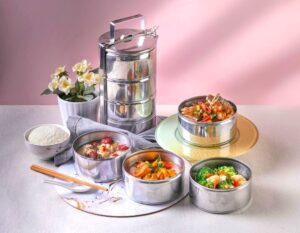


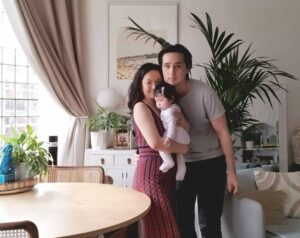
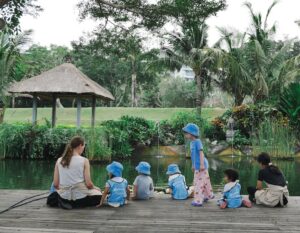

 View All
View All




 View All
View All


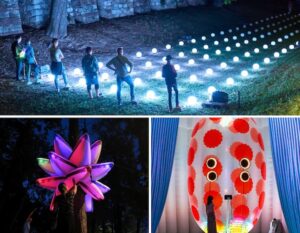
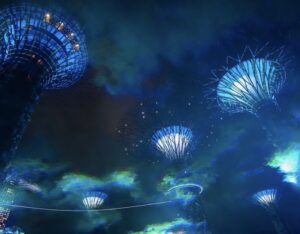





 View All
View All



